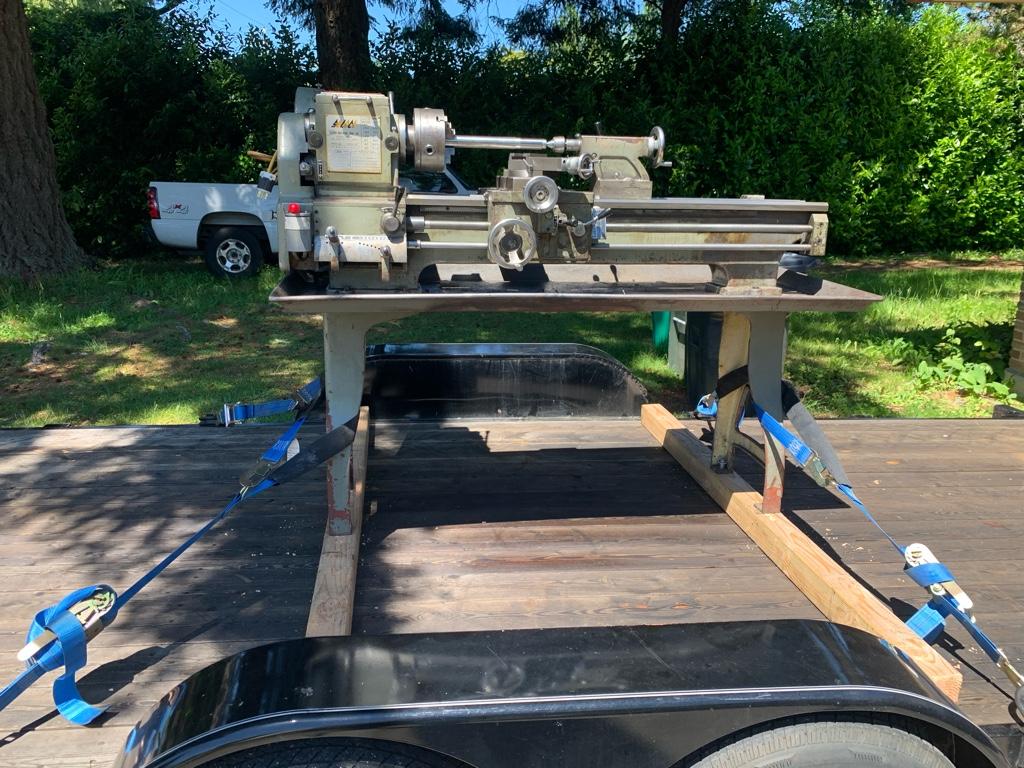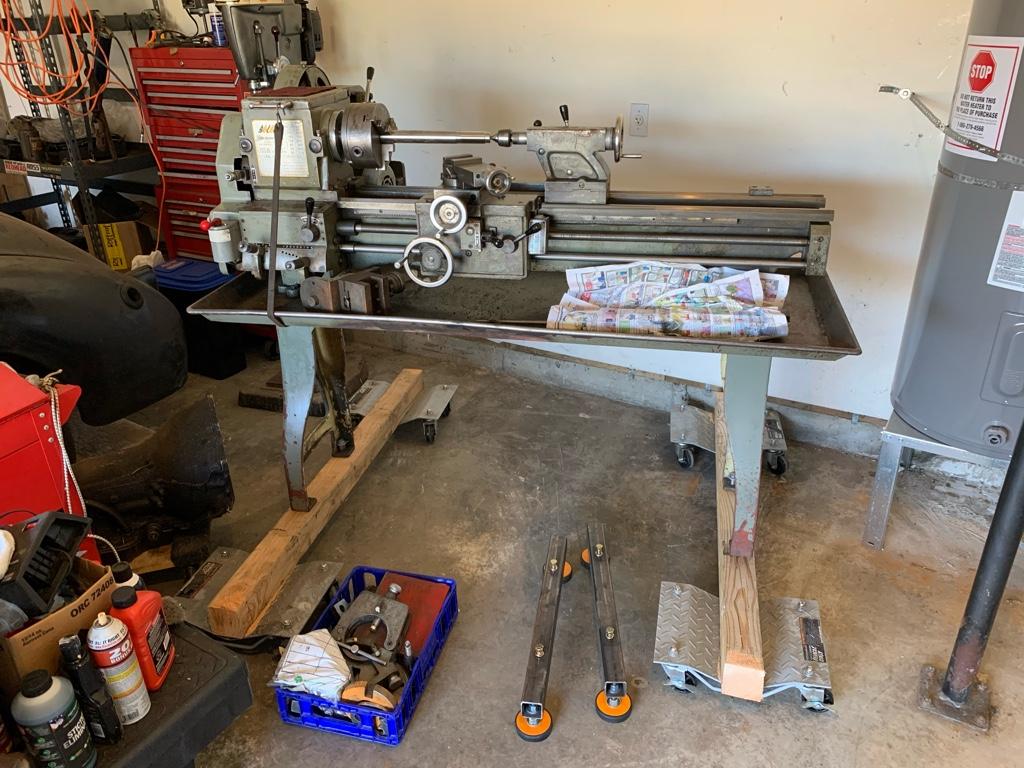- Joined
- Nov 12, 2017
- Messages
- 391
Some desperation there. Looks like relined barrel [brazed? yikes]. Far as the pipe wrench marks, well . . .
Picture looks like curved lugs? Measure the apparent angles and mill duplication. Dress remaining corner/s/ carefully with brand new single cut file, then hardwood with wet-or-dry. No one will ever know.
Few things done right are short cuts, just altered processes. Neither one of us want to buy a profiler doing it how they did!
In case they are true radii, it's a lathe job, one side at a time, offset in a four jaw.
You could practice that with wood blocks. Barrels co$t, lot$.
Picture looks like curved lugs? Measure the apparent angles and mill duplication. Dress remaining corner/s/ carefully with brand new single cut file, then hardwood with wet-or-dry. No one will ever know.
Few things done right are short cuts, just altered processes. Neither one of us want to buy a profiler doing it how they did!
In case they are true radii, it's a lathe job, one side at a time, offset in a four jaw.
You could practice that with wood blocks. Barrels co$t, lot$.



